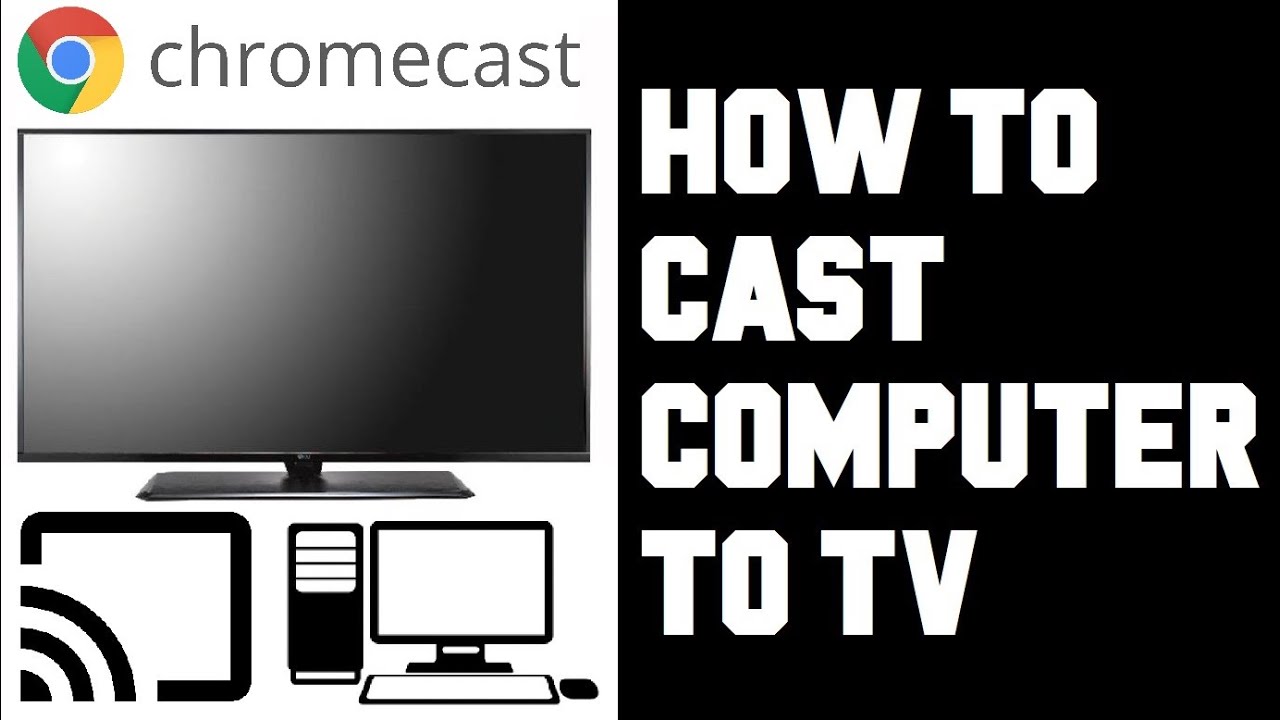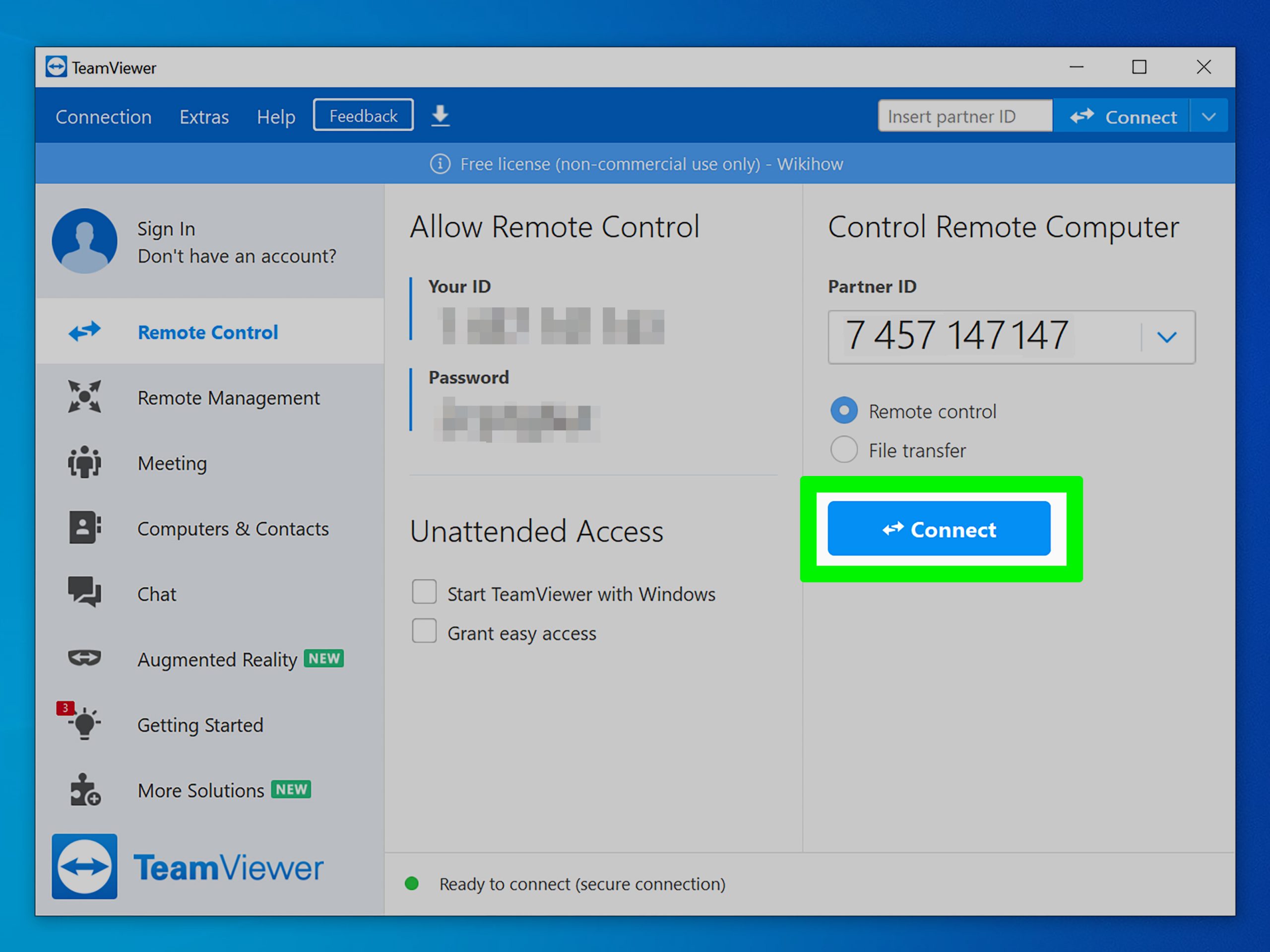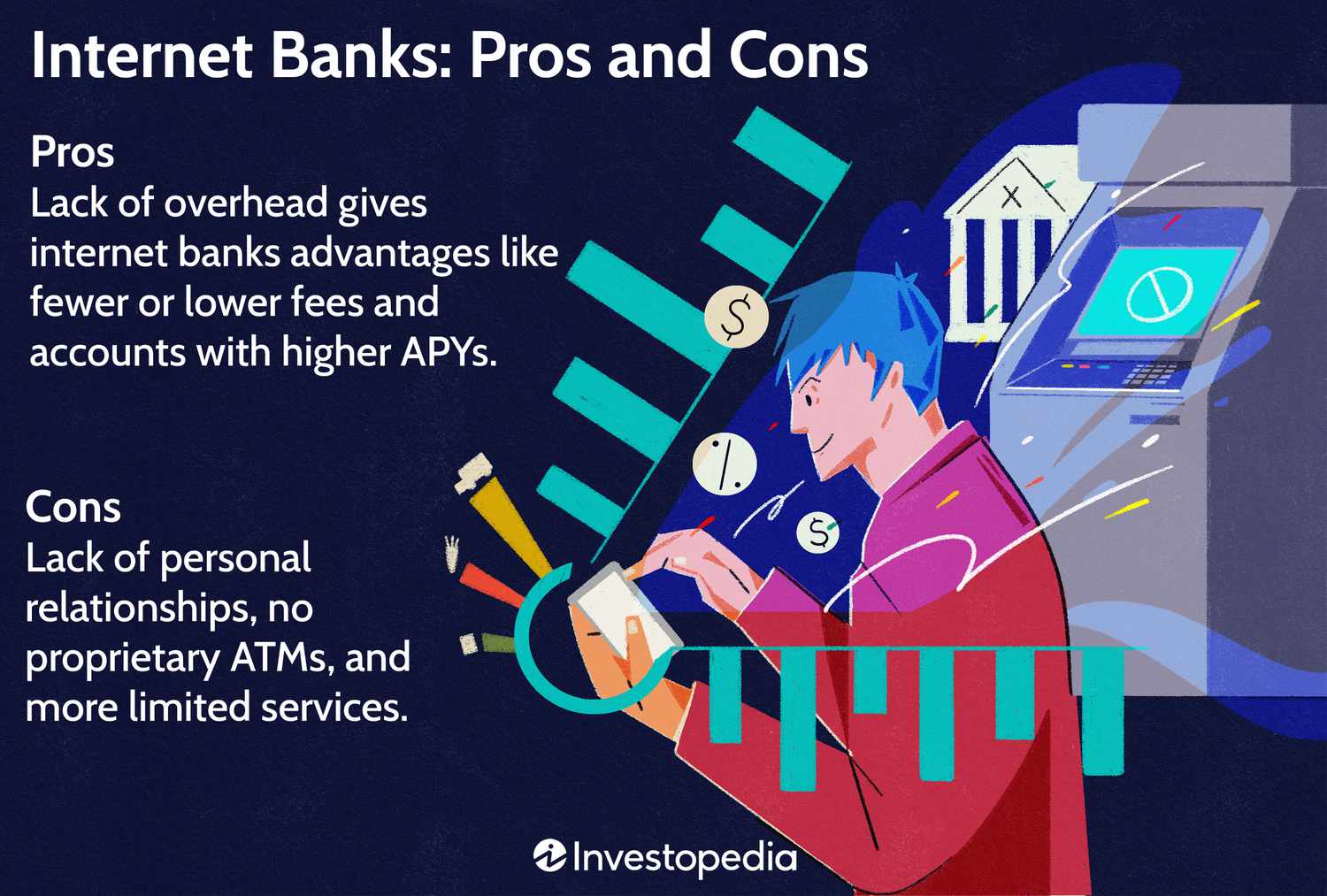To cast Chrome browser to TV using Chromecast, simply open the Chrome menu and select “Cast.” Then choose the Chromecast device you want to cast to.
This process allows you to easily mirror your Chrome browser on your TV, making it great for displaying presentations, videos, or websites. Casting your Chrome browser to your TV using Chromecast is a seamless way to share content with a larger audience.
Whether you want to stream videos from your favorite websites, showcase a presentation, or simply enjoy browsing the internet on a bigger screen, Chromecast makes it easy. By following a few simple steps, you can quickly cast your Chrome browser to your TV and enjoy a more immersive and convenient viewing experience. Let’s explore the straightforward process of casting your Chrome browser to your TV using Chromecast.

Credit: www.tcl.com
Setting Up Chromecast
Learn how to easily cast your Chrome browser to your TV using Chromecast. Follow simple steps to set up Chromecast and enjoy seamless streaming on the big screen. Effortlessly mirror your favorite content from your computer or laptop to your television with this user-friendly device.
| Connecting Chromecast to TV: Plug Chromecast into HDMI port on TV. |
| Connecting Chromecast to Wi-Fi: Use Google Home app to connect Chromecast to Wi-Fi network. |

Credit: www.ping.fm
Setting Up Chrome Browser For Casting
To cast Chrome browser to TV using Chromecast, start by installing the Google Cast extension. Once installed, connect Chrome browser to Chromecast by clicking the Google Cast icon. Select the device you want to cast to and begin streaming your favorite content effortlessly.
Casting From Chrome Browser To Tv
When it comes to casting content from your Chrome browser to your TV using Chromecast, you have a few options. Firstly, you can cast a specific tab from your browser to your TV. Simply click on the three dots in the top-right corner of the Chrome browser, select “Cast” from the dropdown menu, and choose the tab you want to cast.
If you want to cast the entire screen of your computer, you can do so by clicking on the three dots, selecting “Cast,” and then selecting “Cast desktop.” This will mirror your entire computer screen on your TV.
Alternatively, if you want to cast content from your mobile device, open the Google Home app, tap on the “Devices” tab at the bottom, select your Chromecast device, and choose the content you want to cast.
Lastly, you can adjust casting settings by going to the Google Home app, selecting your Chromecast device, clicking on the settings icon in the top-right corner, and modifying options such as video quality and autoplay.
Troubleshooting Chromecast
If your Chromecast is not being detected: Ensure that your Chromecast device and the casting device are connected to the same Wi-Fi network. Restart your router and Chromecast, and check for any updates on the casting device.
If you are experiencing choppy or laggy streaming: Close background apps on the casting device and move it closer to the Wi-Fi router. Consider using the 5GHz band on your router or reducing the number of connected devices.
If the audio or video is not playing: Check the physical connections of the Chromecast to the TV and the power source. Try using a different HDMI port on your TV and ensure that the content being cast is supported by Chromecast.
If you notice low-quality casting: Verify that the streaming source is of high quality and check your internet speed. Adjust the display settings on the casting device for optimal performance.
If your Chromecast is freezing or crashing: Disconnect the power source for a few seconds and then reconnect it. Ensure that the Chromecast is receiving adequate ventilation and is not overheating.
Additional Tips And Tricks
Using Guest Mode: You can use guest mode to cast your Chrome browser to TV without sharing your Wi-Fi password. Simply enable the guest mode on your Chromecast device and anyone within the range can cast to it without being on the same network.
Grouping Chromecast Devices: If you have multiple Chromecast devices, you can create groups to simultaneously cast content to multiple TVs or speakers. This enables a synchronized viewing experience throughout your home.
Enabling Backdrop for Ambient Content: Customize the backdrop settings on your Chromecast to display ambient content such as artwork, news, weather, and more when not actively casting. This feature adds a touch of personalization to your TV viewing experience.
Casting Without an Internet Connection: You can cast content from your Chrome browser to TV using Chromecast, even without an internet connection. Simply set up a local network or use a mobile hotspot to connect your devices.

Credit: www.google.com
Alternatives To Chromecast
Discover options beyond Chromecast to cast your Chrome browser to TV effortlessly, considering devices like Roku or Fire TV Stick. Explore seamless solutions for screen mirroring and enjoy browsing on a larger display with these alternative casting methods.
| Alternatives to Chromecast | |
| Other casting devices | Smart TVs with built-in casting capabilities |
|
|
Conclusion
To sum up, casting your Chrome browser to your TV using Chromecast is a breeze. With just a few simple steps, you can enjoy your favorite online content on the big screen, making your viewing experience more immersive. So why wait?
Grab your Chromecast, follow the instructions provided in this guide, and start enjoying seamless streaming on your TV today! Say goodbye to squinting at small screens and hello to the ultimate entertainment experience.


